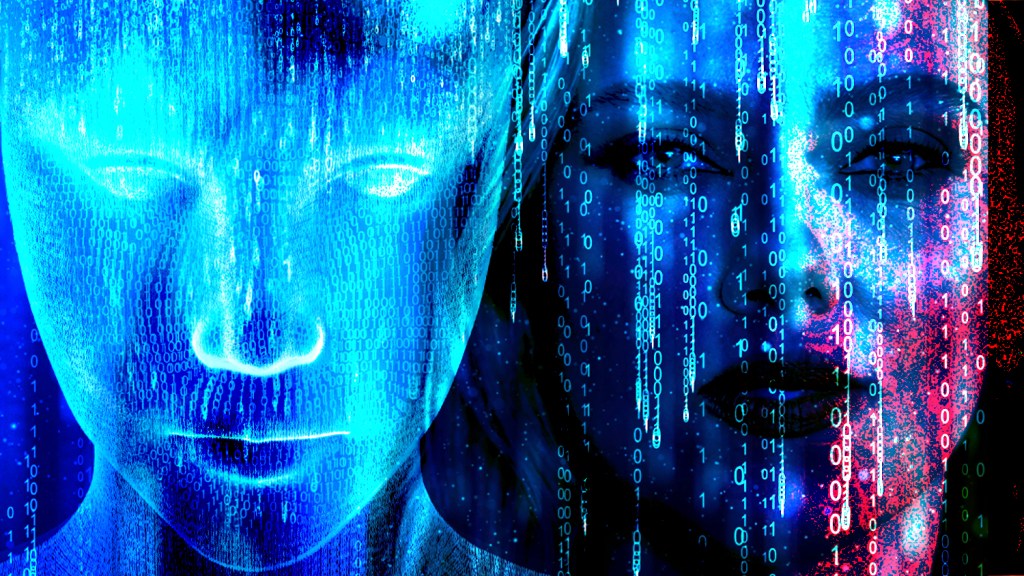Scarlett Johansson Advocates for Fair Use: The Ethical Dilemma of AI and Celebrity Likeness
In a rapidly evolving digital landscape, the intersection of artificial intelligence and celebrity likenesses has sparked a heated debate about ethics, rights, and responsibilities. Recently, acclaimed actress Scarlett Johansson has stepped into the spotlight, voicing her concerns regarding the unchecked exploitation of celebrity images and likenesses by tech platforms. Her argument is not just a call to action; it’s a reflection of a broader ethical dilemma surrounding artificial intelligence and its implications for artists’ rights.
The Rise of AI and Celebrity Likeness
The advent of sophisticated AI technology has revolutionized various industries, including entertainment, advertising, and content creation. From deepfake videos to AI-generated art, the capabilities of technology are astounding. However, this progress comes with its own set of challenges, particularly concerning how celebrities’ likenesses are utilized without their consent.
Johansson’s advocacy stems from a growing trend where tech companies employ AI to replicate or manipulate celebrity images and voices, often without permission. This raises critical questions about ownership and ethical usage:
- Who owns a celebrity’s likeness? Is it the individual, or does it belong to the production companies, agencies, or tech firms?
- What constitutes fair use? How do we define acceptable boundaries for using a celebrity’s image in AI applications?
- What are the potential harms? Could unauthorized use of a likeness damage a celebrity’s brand or personal reputation?
The Ethical Dilemma of AI and Celebrity Likeness
At the heart of this issue lies the ethical dilemma of consent. Johansson emphasizes that while technology can enhance creativity and storytelling, it should not come at the cost of an individual’s rights. The use of AI to create content that mimics a celebrity’s likeness without consent is akin to a violation of personal integrity.
Moreover, the implications extend beyond mere representation. Celebrities often spend years curating their public personas, making deliberate choices about their image and the projects they associate with. Unauthorized AI manipulation can distort this carefully crafted image, leading to potential misrepresentations and false narratives.
The Call for Stricter Ethical Guidelines
In her guest column, Johansson argues for the establishment of stricter ethical guidelines governing the use of AI in relation to celebrity likenesses. She advocates for a framework that addresses:
- Consent: Clear regulations should mandate that tech companies obtain explicit consent from individuals before using their likenesses.
- Transparency: Companies should disclose how they use AI-generated content, especially when it involves a celebrity’s likeness.
- Accountability: There should be legal ramifications for unauthorized use or misrepresentation of a celebrity’s image.
Such measures would not only protect celebrities but also empower artists and creators in other fields who face similar challenges with AI technology.
Broader Implications for the Creative Industry
The ethical considerations surrounding AI and celebrity likenesses mirror wider issues in the creative industry. As technology blurs the lines between originality and imitation, artists across various domains are grappling with similar dilemmas. For instance, musicians have long faced issues with sampling, where portions of their work are reused without permission.
Scarlett Johansson’s advocacy serves as a reminder that the rights of creators must be upheld in the face of technological advancements. As AI continues to evolve, it is crucial for industry stakeholders—including artists, tech companies, and lawmakers—to engage in conversations about ethical practices and the importance of consent.
The Role of Legislation and Policy
To address the concerns raised by Johansson and others in the industry, there is an urgent need for updated legislation that reflects the realities of the digital age. Current copyright laws may not adequately protect against the misuse of AI technology in replicating likenesses.
Several countries are beginning to explore legislative measures that would provide clearer protections for individuals regarding their likenesses, particularly in the context of AI. For example, discussions around “right of publicity” laws, which grant individuals control over how their image and likeness are used commercially, are gaining traction.
Future Perspectives
As the conversation around AI and celebrity likenesses continues to unfold, it is essential for all stakeholders to approach the discussion with a mindset focused on collaboration and innovation. Johansson’s insights highlight the need for a balance between technological advancement and ethical responsibility.
While embracing the potential of AI to enhance creative expression, we must also remain vigilant in protecting the rights of individuals. By fostering an environment that values consent and accountability, we can shape a future where technology serves to elevate artists rather than exploit them.
Conclusion
Scarlett Johansson’s advocacy for fair use in the context of AI and celebrity likenesses underscores a crucial conversation that extends beyond Hollywood. As technology continues to evolve, the ethical implications of its usage will require ongoing dialogue and proactive measures. By establishing clear guidelines and fostering a culture of respect and consent, we can navigate the complexities of this new frontier while safeguarding the rights of all creators.
Ultimately, the goal should be to harness the power of AI to enhance creativity while ensuring that those who contribute to the artistic landscape are recognized, respected, and protected.
See more Future Tech Daily

